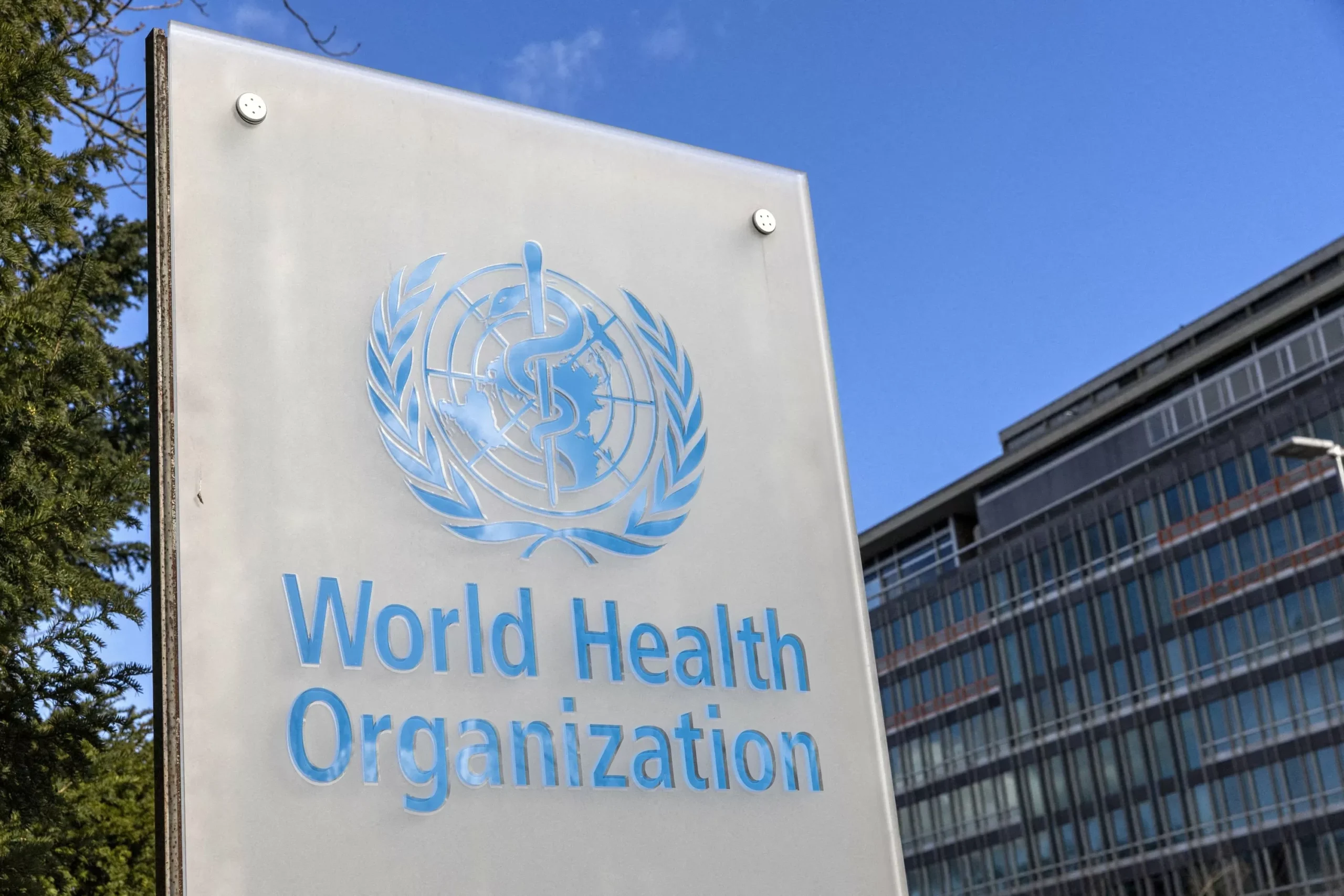The World Health Organization (WHO) has recently expressed concern about the production of antibiotics in many countries. As the leading global health organization, WHO has issued recommendations for the safe production of antibiotics for the first time. This step is crucial in ensuring the continued effectiveness of antibiotics in treating various diseases and preventing the spread of antibiotic resistance.
Antibiotics are a vital tool in modern medicine, saving millions of lives every year. However, their overuse and misuse have led to the emergence of antibiotic-resistant bacteria, making it challenging to treat infections. The production of antibiotics plays a significant role in this issue, as the improper production and use of these life-saving drugs can contribute to the development of resistance.
The WHO’s recommendations aim to address this issue by promoting the responsible production of antibiotics. The recommendations cover various aspects of the production process, including the selection of raw materials, manufacturing processes, and quality control. They also emphasize the importance of following good manufacturing practices and implementing quality assurance systems.
One of the key recommendations is to use only high-quality raw materials for the production of antibiotics. This includes sourcing raw materials from reliable suppliers and conducting thorough testing to ensure their purity and potency. The use of low-quality or contaminated raw materials can result in the production of substandard antibiotics, which can be ineffective in treating infections and contribute to the development of resistance.
The manufacturing process also plays a crucial role in the quality of antibiotics. WHO recommends following standardized procedures and using state-of-the-art equipment to ensure the proper production of antibiotics. This includes strict adherence to temperature and humidity control, as well as regular maintenance and calibration of equipment. These measures can help prevent contamination and ensure the production of high-quality antibiotics.
In addition to the production process, the recommendations also address the issue of quality control. WHO advises manufacturers to conduct regular quality control checks throughout the production process to detect any deviations from the established standards. This includes testing the final product for its potency, purity, and stability. By implementing these measures, manufacturers can ensure that their antibiotics meet the required quality standards and are safe for use.
The WHO’s recommendations also emphasize the importance of proper labeling and packaging of antibiotics. The labels should contain all the necessary information, including the name and strength of the antibiotic, its expiration date, and storage conditions. This information is crucial for healthcare professionals and patients to ensure the safe and effective use of antibiotics.
Furthermore, the recommendations also address the issue of waste management in antibiotic production. Improper disposal of waste from the production process can lead to the release of harmful substances into the environment, which can have adverse effects on human health. WHO recommends implementing proper waste management practices, including the treatment of wastewater and proper disposal of solid waste.
The WHO’s recommendations for the safe production of antibiotics are a significant step towards ensuring the continued effectiveness of these life-saving drugs. By following these recommendations, manufacturers can produce high-quality antibiotics that are safe and effective in treating infections. This, in turn, will help prevent the spread of antibiotic resistance and preserve the effectiveness of these drugs for future generations.
It is essential to note that the responsibility of ensuring the safe production of antibiotics does not lie solely with manufacturers. Healthcare professionals and patients also play a crucial role in preventing the spread of antibiotic resistance. By using antibiotics responsibly and following the prescribed treatment regimen, we can help slow down the development of resistance and preserve the effectiveness of these drugs.
In conclusion, the WHO’s recommendations for the safe production of antibiotics are a significant step towards addressing the issue of antibiotic resistance. By promoting responsible production practices, these recommendations can help ensure the continued effectiveness of antibiotics in treating diseases and protecting public health. It is now up to all stakeholders, including manufacturers, healthcare professionals, and patients, to implement these recommendations and work together to combat the threat of antibiotic resistance. Let us all join hands in this effort and make a positive impact on global health.








